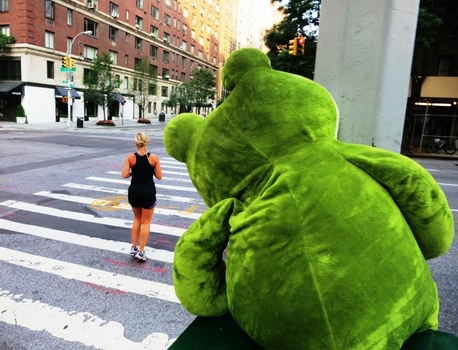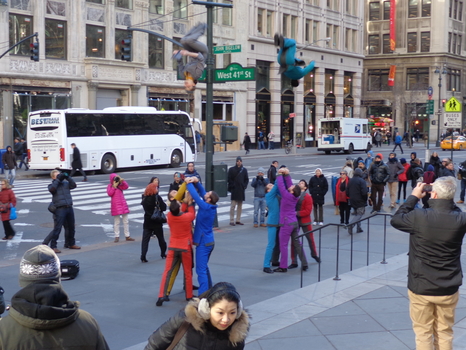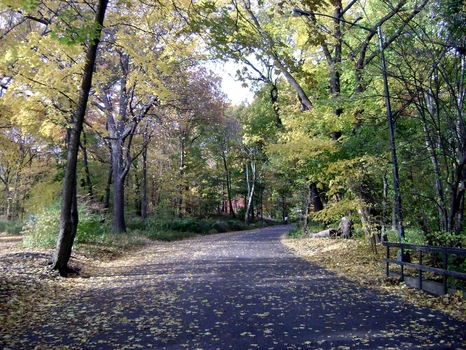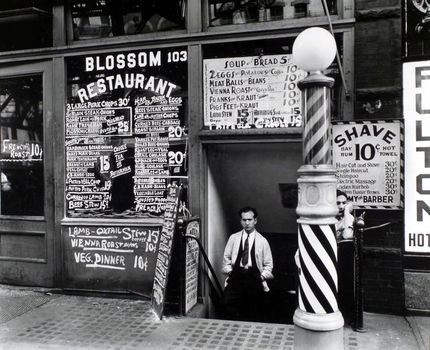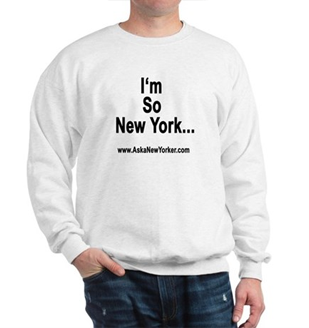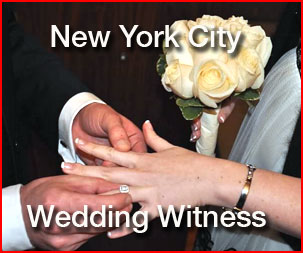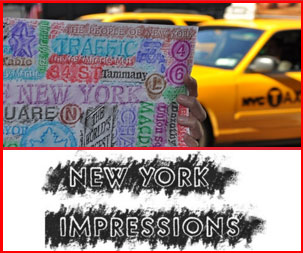Svjetlana Bukvich Teams Up Again With Carolyn Dorfman Dance on TRACES.
From the intimacy of the duet to powerful, driving ensembles, the work of choreographer Carolyn Dorfman conjures rich worlds for audiences to enter through a program that features the world premiere of Traces.
Dorfman is known as a creator of evocative dances that reflect her concerns about the human condition. Traces, which explores the forces that create and change us across time, distance and circumstance, is set to a commissioned score by award-winning Svjetlana Bukvich and video design by Kate Freer, both collaborators on Dorfman’s visually stunning Interior Designs.
The evening also includes Dorfman’s popular Echad (One), described by The Star-Ledger as “… ingenious, a fascinating metaphor … amazing timing and brilliant athleticism.”
Presented as part of the Jersey Moves! Festival of Dance.
Advance Discount Parking Vouchers for this event are $15 and may be purchased here.
Denise Marsa asks Ms Bukvich about the process of collaborating with Carolyn Dorfman on TRACES
Svjetlana Bukvich & Carolyn Dorfman Dance (CDD) Collaboration:
TRACES- World Premiere, April 8, 2016 NJPAC Performance & Gala Benefit
DM: TRACES is a commissioned piece. How does that work when a choreographer is looking to apply for a grant? Are you / your talent/experience a part of the process, request?
In my work with CDD so far, the company applied to three major grants to support the music portion of the project with me as a composer. We were fortunate to get them; from the O’Donnell-Green Music and Dance Foundation, Inc., New Music USA, 2013 Live Music for Dance and New Music USA, 2016 Live Music for Dance.
The granting process is drawn out and daunting at times, especially when traveling abroad. The 6 month deadlines often and on average don’t coincide with the faster pace of the festival circuit in smaller countries around the world.
Luckily, the company had the funds from sponsors for my fee secured, regardless of the grant status, so I had one less worry there.
DM: How do you go about writing for a dance piece? Did Carolyn show you the piece first, do you both discuss intention, ideas, gist, feel? The title? Meaning?
The “theme” for the pieces is Carolyn’s vision. I love her take on life through dance. She may not have the choreography done but a few “bar lines” or a meter, and a tempo. Then she’d ask me for musical ideas. I’d send them, and then we go back and forth. The conversation about intention takes place. Sometimes she’d have larger sections done; I’d experience them in rehearsal or on video, and then come up with the musical language for what I see. It does help that I give her temporary (temp) music to work with (usually another artist that I like based on her “theme” for the piece), so that when it comes time for original music, I’m not faced with movement that was developed with a totally alien composition.
DM: How do you start the process and then develop your inspiration?
It’s a bit like scoring for picture. The feel and the speed/timing are paramount. I’m a structuralist and timbre obsessed, and I find these qualities in Carolyn’s choreography. There’s a story in my music that is separate from the story in her choreography, but to us, they fit. Like parallel universes that have many overlapping points. When she called me on the phone three years ago and asked if I’d like to write for her company I was floored. Now I see the possibility she saw then, realized. On a deeper level, life to me is about how one moves through it. Dance is a natural expression of that. Movement is inherent to sound, any sound. The two are never separate in my mind.
DM: How much time does it take to put a composition together for a new choreographer’s dance movement?
It depends largely on the length of the piece. This 30-minute work took two months to compose. It helped that I had worked with the company before, know the dancers, the videographers, the light and costume designers and the choreographer’s body of work.
DM: Did you study dance?
No, not officially. But I love to move to sound, always have, in some kind of Gesamtkunstwerk in my mind. The work of Meredith Monk interested me in this way, and also of Janis Brenner with whom I took a moving, sounding, and acting workshop many summers ago. To me, how one moves in his/her own kitchen is a multimedia piece. It is, essentially, abstract. Also, in my old country (the whole region of former Yugoslavia), dance was everywhere.
DM: How do you go about finding, picking your musicians for the live and recorded part of TRACES?
That is a good question. The musicians need to be very aware and sensitive to the theatrical side and presence when playing and they need to have superb chops in various genres. Something like choosing the right kind of thorough bred for the right kind of race. The instrumentation for TRACES is somewhat uncommon. With the exception of drums and percussion, the electric harp and electric violin viper were not so easy to come by. I went by composers’ recommendations and musicians I worked with before. I play the minimoog synthesizer in this piece, so I have that covered!
For more information about Svjetlana Bukvich please visit: www.SvjetlanaMusic.com


